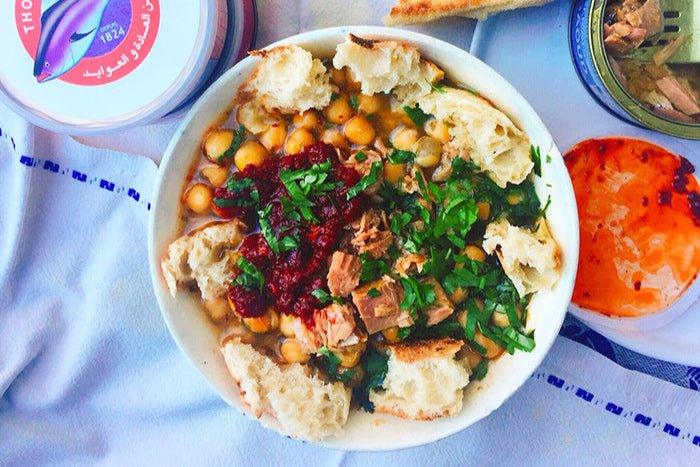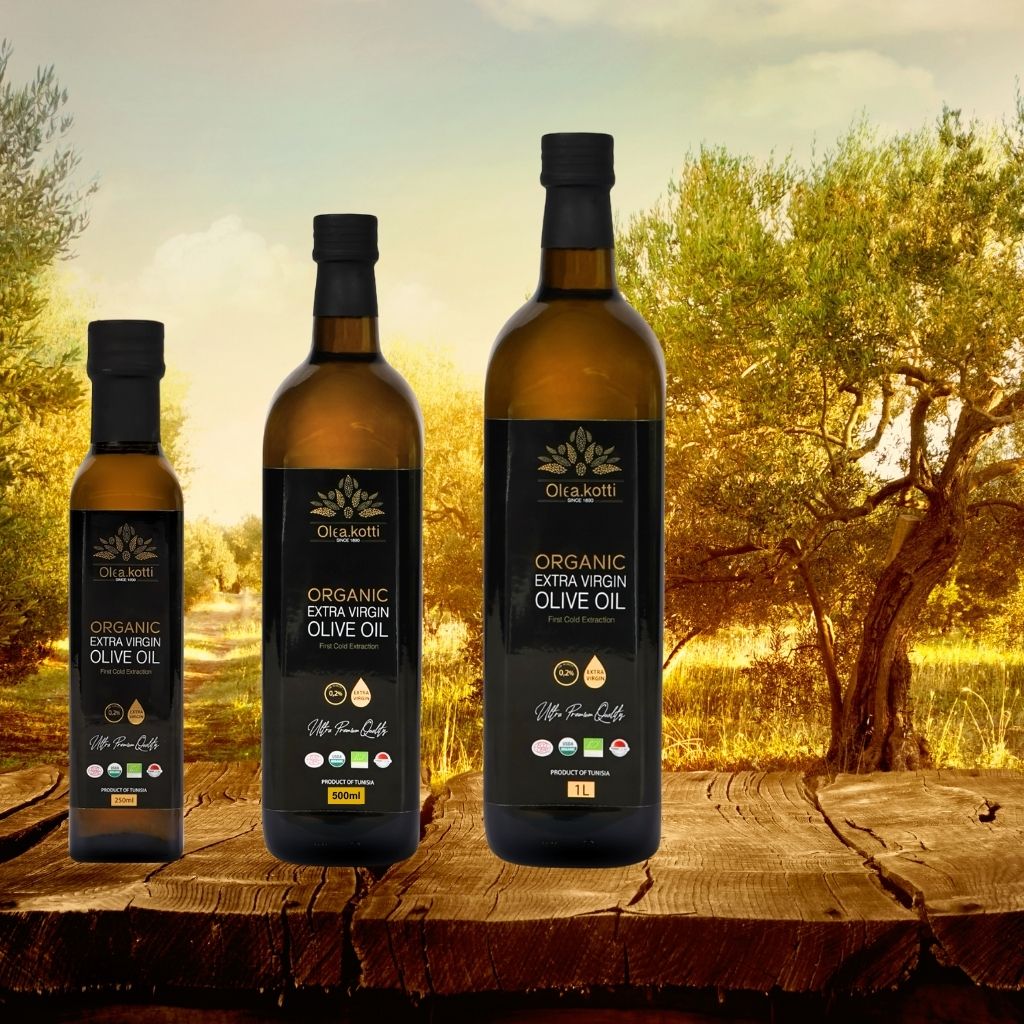Tunisian Lablabi Soup: Amazing 15-Minute Olea Kotti Olive Oil Soup

For centuries, olive oil olea kotti few dishes have captured the heart and soul of Tunisian cuisine quite like Lablabi.
This simple yet profoundly satisfying chickpea soup is more than just a meal; it’s a cultural staple, often enjoyed as a hearty breakfast or a powerful, warming lunch.
Known for its robust flavor and immense nutritional value, Tunisian Lablabi Soup is incredibly easy to prepare quickly—often in just 15 minutes if you have pre-cooked chickpeas.
This guide will show you how to master this traditional recipe, guaranteeing authentic taste and leveraging the quality of premium ingredients.
We specifically use olive oil oleakotti not only for its superior flavor but also for the potent health benefits it brings to this high-fiber dish.
Table of Contents
-
Why Tunisian Lablabi Soup is the Perfect Mid-Week Meal
-
Preparing the Chickpeas: The Foundation of Lablabi
-
Key Ingredients and the Power of olive oil olea kotti
-
Step-by-Step Lablabi Recipe Instructions
-
Serving and Enhancing Your Tunisian Lablabi Soup
1. Why Tunisian Lablabi Soup is the Perfect Mid-Week Meal
Tunisian Lablabi Soup is an ideal addition to any health-conscious diet.
It is naturally high in plant-based protein and dietary fiber, making it extremely filling and supportive of healthy digestion.
Historically, it was consumed as an energy booster, providing sustained power for the day ahead.
The beauty of this soup lies in its flexibility.
While the base is simple—chickpeas and broth—the customization options are endless.
What truly elevates this particular recipe, however, is the finishing touch of high-quality olive oil oleakotti.
Unlike cooking oils that offer little to the final flavor, olive oil oleakotti introduces a rich, fruity aroma and a subtle peppery finish that signals its high polyphenol content.
This ensures your meal isn't just satisfying, but also an Antioxidants powerhouse.
2. Preparing the Chickpeas: The Foundation of Lablabi
The crucial first step for authentic Tunisian Lablabi is preparing the chickpeas properly.
The Ingredients:
-
500g dried chickpeas (or 3 cans of cooked chickpeas for speed)
-
1 tsp baking soda (if soaking dried chickpeas)
-
3 cloves of garlic, minced
-
1/2 to 1 tablespoon of cumin (adjust to taste)
-
1 tablespoon of harissa (the soul of the dish)
-
3 tablespoons of olive oil oleakotti
-
Lemon juice (crucial for balance)
-
Salt (about 1 tablespoon, to adjust) and pepper
-
1 bunch of fresh coriander ($kosbor$)
Preparation: If starting with dried chickpeas, you must soak them overnight in water with 1 teaspoon of baking soda.
This helps them soften and aids in digestion. After soaking, drain and rinse the chickpeas thoroughly.
Simmer them in fresh water until they are tender—this typically takes 1 to 2 hours. If using canned chickpeas, simply rinse and set aside.
For a deeper understanding of the health benefits of chickpeas, consult this [external dietary guide (DoFollow Link)].
3. Key Ingredients and the Power of olive oil olea kotti
The magic of Lablabi Soup is in the spice blend.
Cumin is non-negotiable, providing warmth and depth, while Harissa (the famous Tunisian chili paste) adds the necessary heat and smoky flavor.
However, the finishing oil is what turns a good soup into a great one.
Choosing olive oil oleakotti is a decision for quality.
olive oil olea kotti is a Gold Medal Winner known for its early harvest and robust flavor profile.
Drizzling this premium EVOO into the hot soup just before serving means the high levels of Polyphenols remain intact.
These compounds are responsible for the oil's anti-inflammatory properties and its support for heart health.
This makes the finished dish healthier and more flavorful than using any standard oil.
We often feature this oil in our [other healthy Mediterranean recipes (Internal Link)].
4. Step-by-Step Lablabi Recipe Instructions
This quick method assumes the chickpeas are already cooked:
-
Base: In a large pot, combine the cooked chickpeas with approximately 1.5 liters of water or vegetable broth.
Bring the mixture to a simmer. -
Flavor Building: Add the minced garlic, cumin, harissa, and the initial amount of salt and pepper.
Stir well. Allow the soup to simmer for about 10 minutes, allowing the spices to fully infuse the liquid. -
Adjust Consistency: Traditionally, Lablabi is served over stale crusty bread, which absorbs the broth.
If you prefer a thicker soup, you can briefly mash some of the chickpeas against the side of the pot. -
Final Seasoning: Taste the broth and adjust the salt and pepper as needed.
This dish thrives on being well-seasoned. -
The Finish: Remove the soup from the heat. Stir in the fresh coriander.
5. Serving and Enhancing Your Tunisian Lablabi Soup
Tunisian Lablabi Soup is traditionally served in deep bowls over torn pieces of day-old crusty bread (baguette), acting as croutons that thicken the soup as you eat.
The most crucial step is the garnish: just before serving, drizzle a generous tablespoon of raw olive oil olea kotti over the surface of each bowl.
This simple addition adds glossiness, aroma, and the signature peppery finish of high-quality EVOO.
Finish with a squeeze of fresh lemon juice—the acidity is vital for brightening the rich, earthy flavors of the chickpeas and harissa.
For those seeking an extra punch, a small spoonful of tuna, an egg, or capers can also be added. Enjoy this incredible dish!








